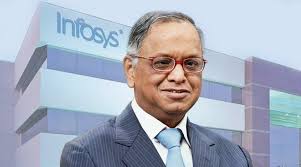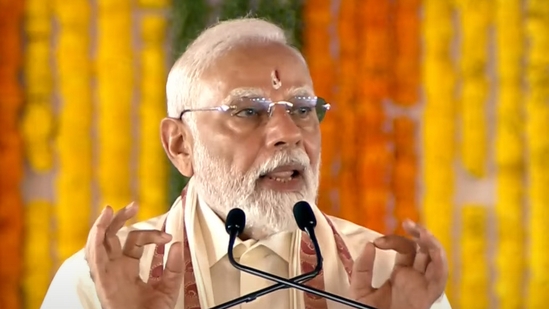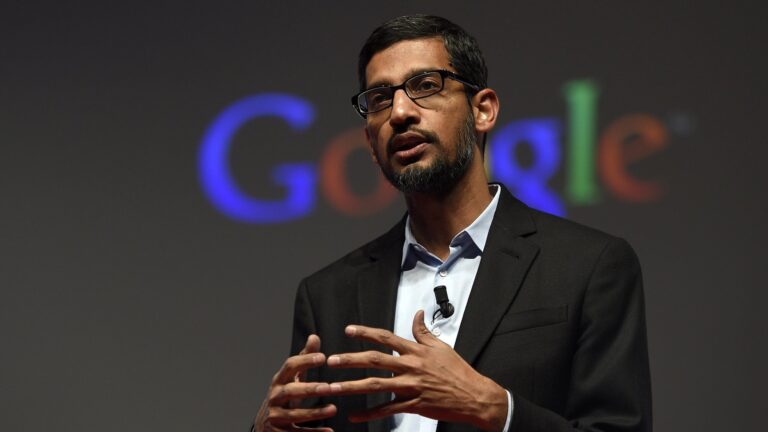Starting a tech business in today’s digitally-driven world is one of the most exciting and impactful entrepreneurial paths you can take. Whether you’re passionate about solving real-world problems with technology, building the next big app, or creating enterprise solutions, launching your own tech venture opens doors to innovation, influence, and financial freedom.
This comprehensive guide walks you through each phase of launching a successful tech business—from refining your idea to funding, marketing, and scaling.
💡 Why Start a Tech Business?
Technology touches every aspect of modern life—from how we work and communicate to how we shop and manage our health. The tech industry is known for:
-
Low-entry barriers for digital products or SaaS models
-
Global scalability with minimal physical infrastructure
-
High ROI potential, especially for first-movers or disruptors
If you have a solution that enhances efficiency, fills a market gap, or introduces a unique experience, tech gives you the perfect platform to scale it rapidly.
🔍 Step 1: Generate a Profitable Tech Idea
Great businesses solve real problems. To identify a winning tech idea:
-
Spot pain points in your daily life or industry
-
Tap into your expertise—what tech problems are you uniquely positioned to solve?
-
Observe emerging trends like AI, IoT, or sustainability tech
-
Explore gaps in existing solutions—how can you do it better, faster, or more affordably?
Collaborate with peers, attend tech meetups, or scan startup directories for inspiration. Once you identify an idea, document it clearly: Who is it for? What problem does it solve? Why now?
✅ Step 2: Validate the Idea
Validation ensures that your solution has real-world demand. Here’s how to test your concept before building:
-
Conduct surveys and interviews with your potential users
-
Analyze competitors—what do they lack that you can offer?
-
Build a Minimum Viable Product (MVP)—a basic version of your product to test functionality and interest
-
Gather feedback, track engagement, and tweak based on responses
The goal is to avoid building something no one wants. Validation helps you save time, money, and effort while refining your offering.
📄 Step 3: Create a Business Plan
A tech startup without a plan is like navigating without a map. A good business plan covers:
-
Executive Summary – Who you are and what you do
-
Target Market – Customer profile, needs, and buying behavior
-
Value Proposition – How you solve their problem better than others
-
Marketing & Sales Strategy – Acquisition channels, branding, and pricing
-
Operations Plan – Development timeline, tools, and resources
-
Team Structure – Founders, developers, advisors
-
Financial Forecast – Projected income, expenses, break-even point
This document also helps attract investors and build internal clarity.
💰 Step 4: Raise Capital
Funding fuels your launch and early-stage operations. Options include:
-
Bootstrapping – Use your own savings or borrow from friends/family
-
Angel Investors – Individuals investing in early-stage startups
-
Venture Capitalists – Firms that invest larger sums in high-growth tech businesses
-
Crowdfunding – Platforms like Kickstarter or Indiegogo for product-based tech
-
Startup Grants & Incubators – Offered by governments or accelerators
Create a compelling pitch deck, highlight your MVP traction, and focus on the problem you’re solving and the market opportunity.
🧠 Step 5: Set Up Your Tech Stack and Operations
Your operations depend on your product type:
-
SaaS/Apps: Choose a backend/frontend stack (e.g., MERN, MEAN, or Python/Django)
-
eCommerce: Platforms like Shopify, WooCommerce, or custom builds
-
Marketplace or AI tools: Leverage scalable cloud infrastructure (AWS, GCP)
You’ll also need:
-
Project management tools (Trello, Jira, Notion)
-
Collaboration software (Slack, Zoom)
-
Accounting tools (Zoho Books, QuickBooks)
-
Legal and compliance support (registering your company, privacy policies)
📢 Step 6: Plan and Execute a Launch
-
Set a launch date – it creates accountability.
-
Build a website or landing page – clear, concise, and compelling.
-
Create social profiles – share updates and generate excitement.
-
Develop a launch campaign – include email marketing, PR outreach, and influencer partnerships.
-
Engage early adopters – offer beta access or launch discounts.
-
Measure metrics – track visitors, sign-ups, downloads, and conversions.
A well-executed launch helps you generate early momentum and validate your market assumptions.
🔄 Step 7: Post-Launch Growth & Optimization
The real journey begins after launch. Focus on:
-
User feedback – Use reviews, support queries, and NPS scores to improve your product.
-
Iterative development – Keep shipping updates and fixing bugs.
-
Marketing expansion – Run ads, partner with blogs, or do SEO.
-
Retention strategies – Keep users engaged with emails, updates, and loyalty rewards.
Build a community around your product. Host webinars, create user forums, and make your users feel heard and valued.
📈 Step 8: Scale and Innovate
With a working product and loyal users, it’s time to grow. Explore:
-
International markets – Localize your offering
-
Add features – Based on most requested additions
-
Team expansion – Hire developers, marketers, and sales reps
-
Automation – Use tools to streamline customer support, billing, and communication
Keep an eye on competitors and market trends. Innovation is the lifeblood of tech businesses.
🧭 What Makes a Tech Startup Successful?
Here’s what top tech entrepreneurs focus on:
-
Solving real, painful problems
-
Speed of execution
-
Adaptability to change
-
Customer-centric innovation
-
Strong leadership and team dynamics
Most importantly, successful founders never stop learning—from mentors, customers, and even failures.
🏁 Conclusion: Ready to Launch?
Launching a tech business is both a challenge and a chance to shape the future. The industry rewards visionaries, problem-solvers, and risk-takers. By following this guide—from ideation and validation to execution and scale—you can navigate your journey with confidence.
Remember:
-
Great ideas solve real problems.
-
A plan without execution is a wish.
-
Feedback is more valuable than funding early on.
-
Growth requires innovation, strategy, and consistency.
So take that leap, trust your vision, and begin building something truly transformative.









